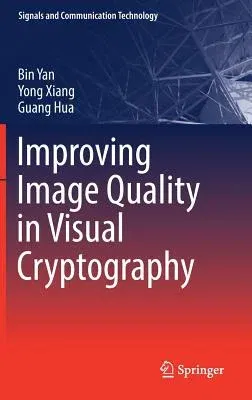This book comprehensively covers the important efforts in improving the
quality of images in visual cryptography (VC), with a focus on cases
with gray scale images. It not only covers schemes in traditional VC and
extended VC for binary secret images, but also the latest development in
the analysis-by-synthesis approach.
This book distinguishes itself from the existing literature in three
ways. First, it not only reviews traditional VC for binary secret
images, but also covers recent efforts in improving visual quality for
gray scale secret images. Second, not only traditional quality measures
are reviewed, but also measures that were not used for measuring
perceptual quality of decrypted secret images, such as Radially Averaged
Power Spectrum Density (RAPSD) and residual variance, are employed for
evaluating and guiding the design of VC algorithms. Third, unlike most
VC books following a mathematical formal style, this book tries to make
a balance between engineering intuition and mathematical reasoning. All
the targeted problems and corresponding solutions are fully motivated by
practical applications and evaluated by experimental tests, while
important security issues are presented as mathematical proof.
Furthermore, important algorithms are summarized as pseudocodes, thus
enabling the readers to reproduce the results in the book. Therefore,
this book serves as a tutorial for readers with an engineering
background as well as for experts in related areas to understand the
basics and research frontiers in visual cryptography.

